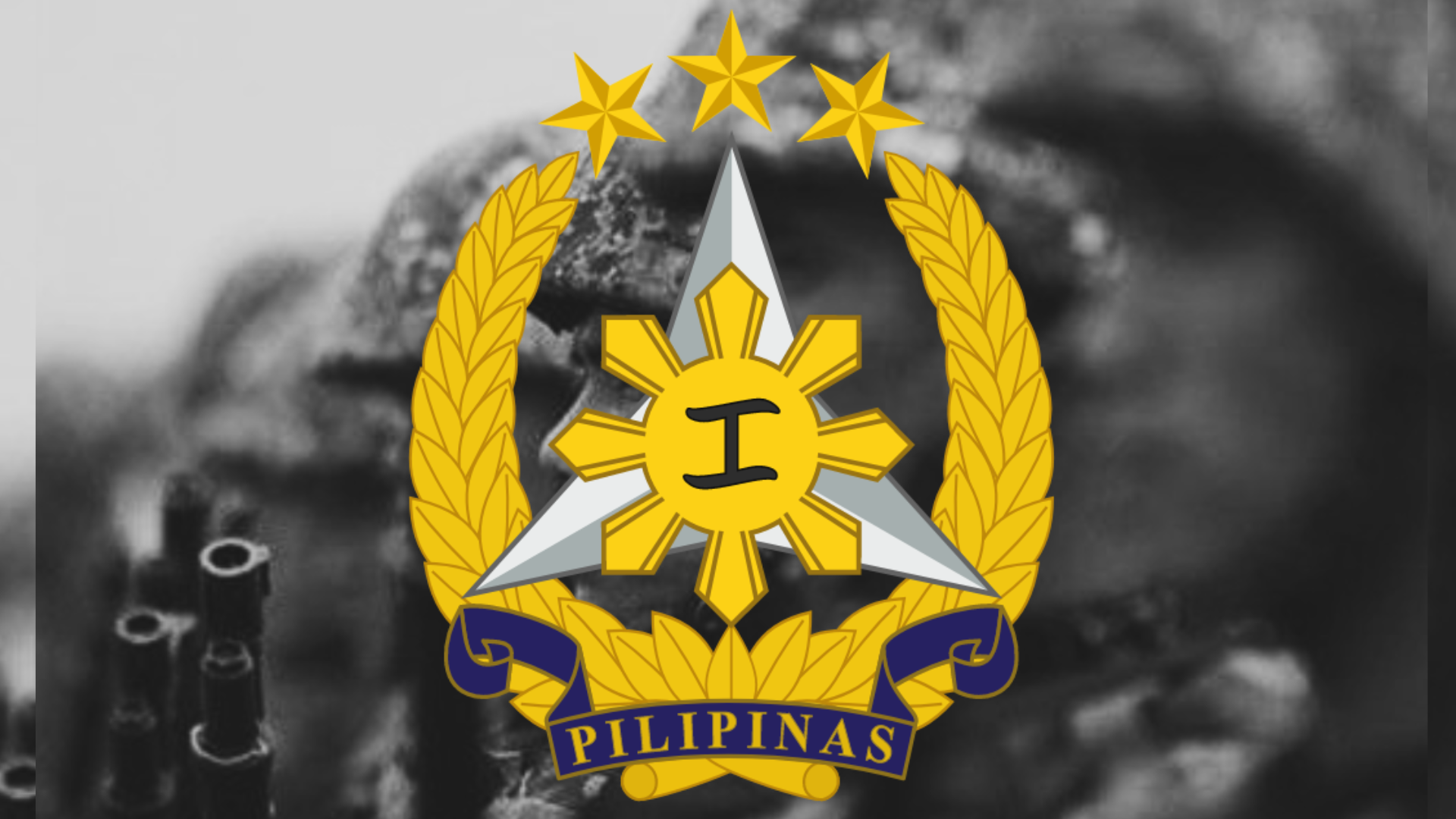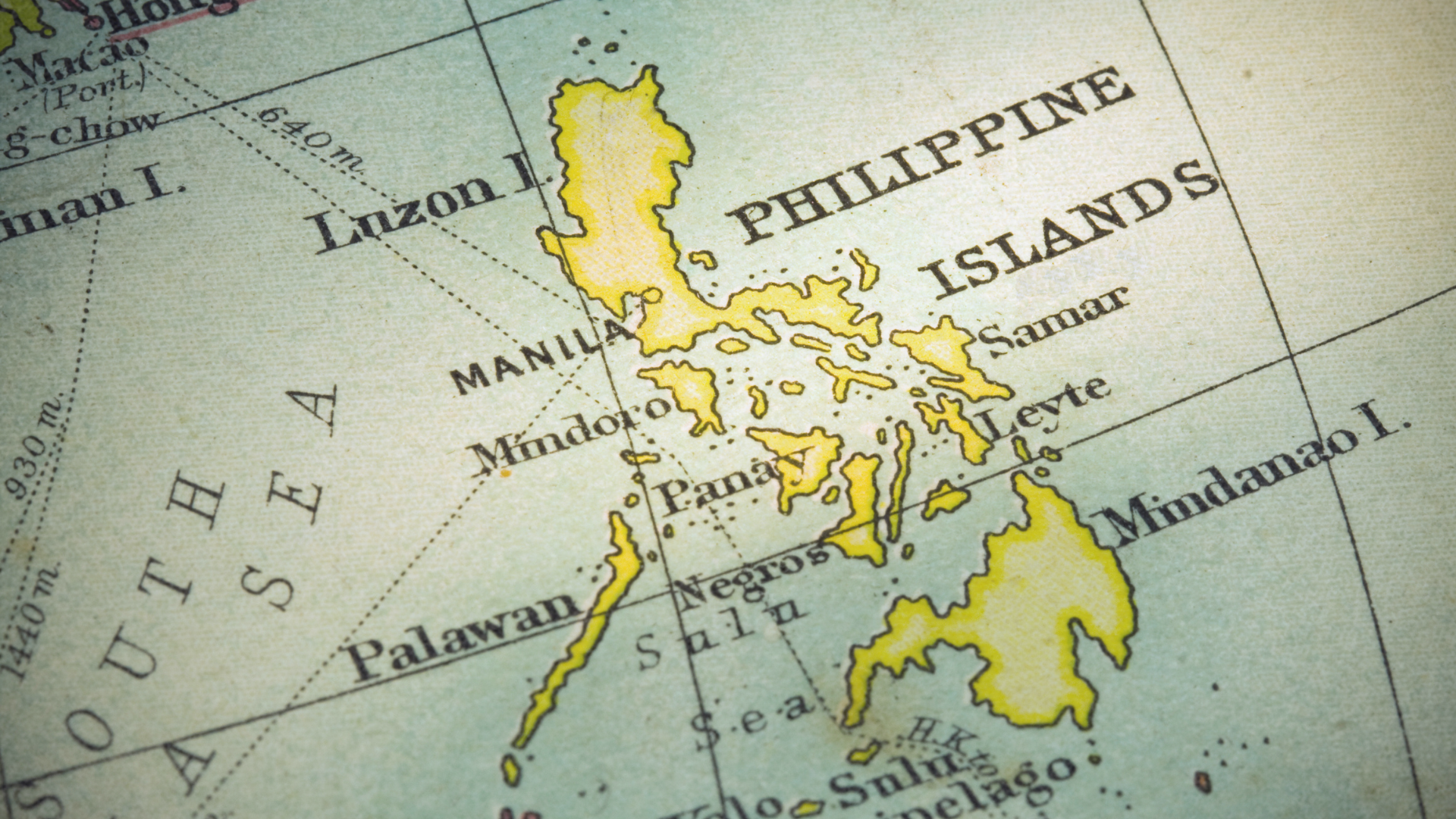In a significant move to fortify the Philippines’ defense posture amid growing regional tensions and evolving security threats, the Armed Forces of the Philippines (AFP) is set to launch a new Strategic Command within the year. This development signals a pivotal enhancement in the country’s military readiness and deterrence capability, especially in light of complex geopolitical shifts in the Indo-Pacific region.
The AFP Strategic Command, announced by AFP Chief of Staff Gen. Romeo Brawner Jr. during his visit to Basa Air Base in Pampanga, will oversee strategic operations, particularly in coordination with the Philippines’ international defense allies. One of its core missions is to supervise joint military exercises, such as the ongoing Balikatan drills—the largest of their kind between the Philippines and the United States, involving approximately 17,000 troops.
The formation of this command comes at a time when threats are becoming more multidimensional—from conventional military challenges to cyber and missile-based warfare. By centralizing strategic operations under a single command, the AFP is aligning itself with modern military doctrines that emphasize speed, integration, and precision—hallmarks of contemporary defense readiness.
“This is the kind of warfare that we are going to see in the future, so we need a fast response,” Brawner said, referencing the first-ever integrated air and missile defense exercise held in Zambales as part of Balikatan 2025. The drills simulated real-time interdiction of airborne threats, underscoring the need for rapid and coordinated military responses.
The Strategic Command will work in tandem with recently activated units, including the AFP Intelligence Command and Cyber Command, to ensure preparedness for hybrid warfare scenarios, including information warfare and cyberattacks. It also reflects a shift in doctrine from reactive defense to proactive deterrence—a necessary evolution in light of flashpoints like the Taiwan Strait and increasing gray-zone activities in the West Philippine Sea.
Brawner likened the Strategic Command to Japan’s newly formed Joint Operations Command, which integrates all branches of its self-defense forces to enable seamless joint responses. This model is particularly relevant for the Philippines, whose archipelagic nature demands flexible, joint-force coordination across land, sea, air, and cyberspace domains.
Another pressing motivation for this strategic shift is the safety of overseas Filipino workers (OFWs), particularly the more than 250,000 in Taiwan. The Northern Luzon Command has been directed to prepare for humanitarian contingencies in the event of regional conflict, highlighting the AFP’s dual mission of combat readiness and civilian protection.
In essence, the launch of the AFP Strategic Command is not merely a structural update—it is a strategic recalibration. It strengthens the Philippines’ ability to deter aggression, respond to emergencies, and work seamlessly with allied forces. Most importantly, it affirms the nation’s commitment to safeguarding its sovereignty, protecting its people, and contributing to regional stability.
As the AFP modernizes and adapts, this new command will be a cornerstone of a more secure, responsive, and resilient Philippines.






